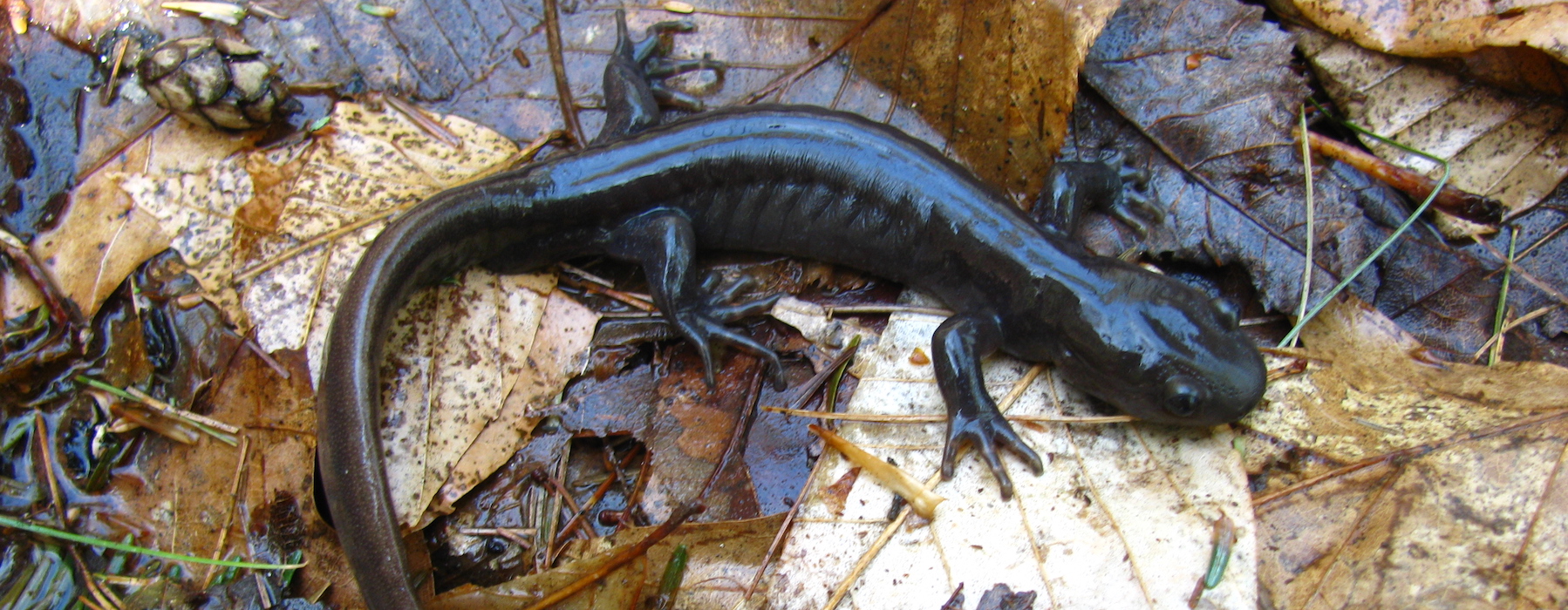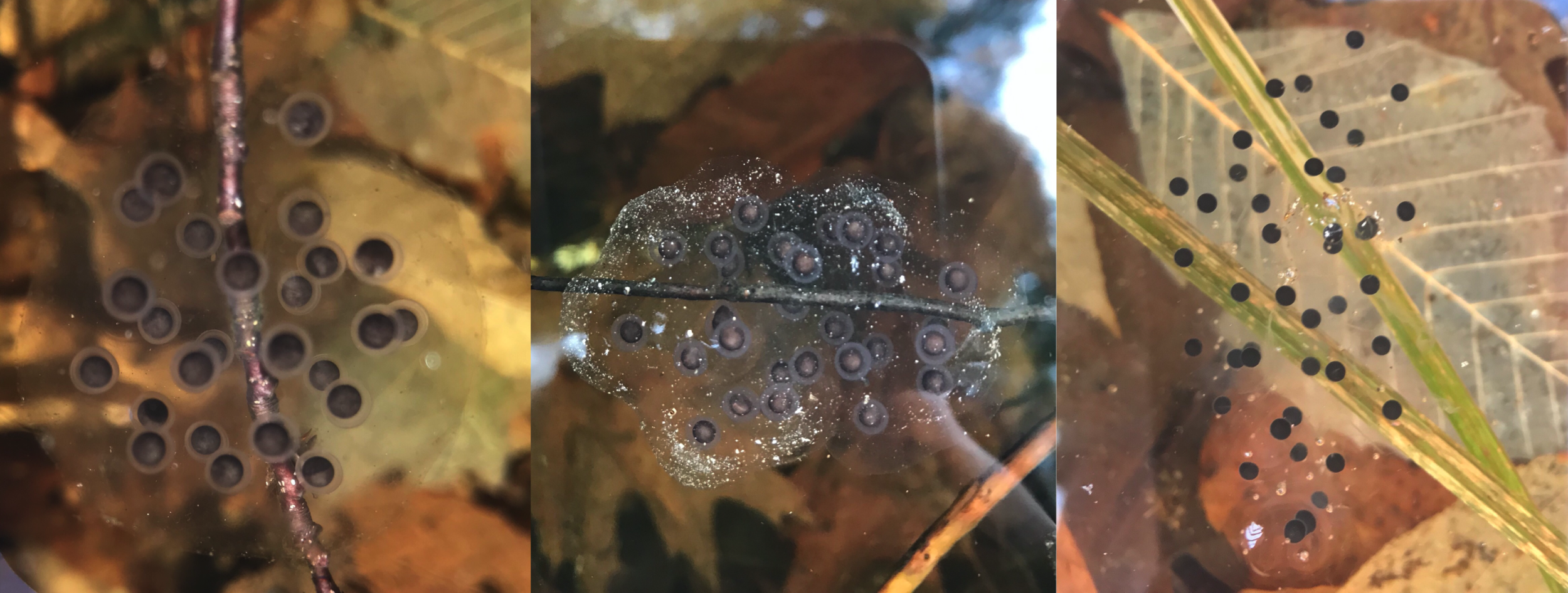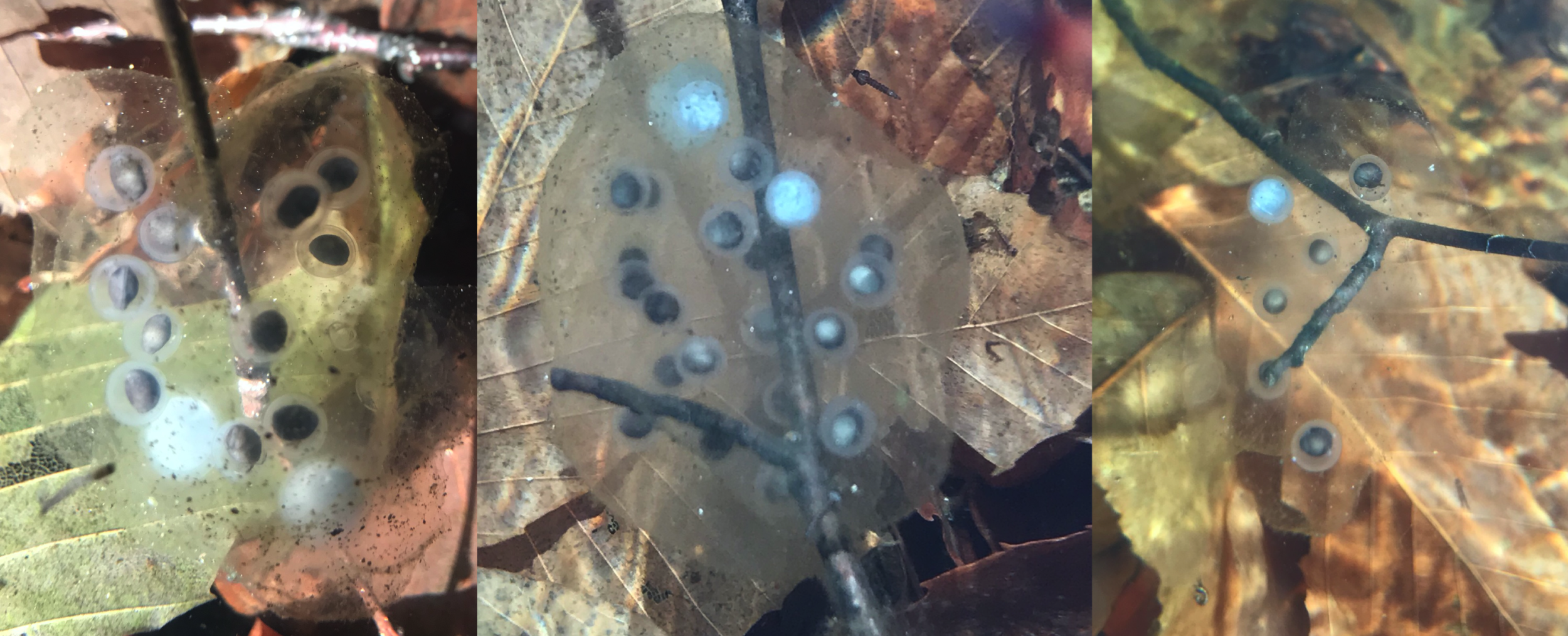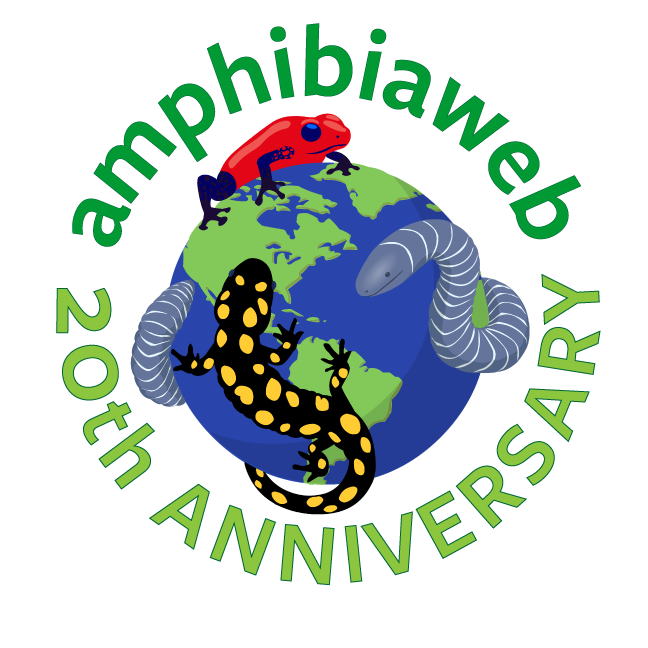Along with the more flashy Spotted Salamander and the smaller Blue-spotted Salamander, the Jefferson Salamander is one of Vermont's three species of "mole" salamanders. As their name implies, these rather large and stocky salamanders spend the majority of their time underground in small mammal tunnels or beneath rocks, logs, and other debris. Jefferson Salamanders are dark grey to brown, and may have tiny white to blueish flecks on their sides and belly. On rainy spring nights, adults emerge from their underground haunts and migrate enmasse to vernal pools where they mate and lay eggs, before returning to the surrounding woodlands for the rest of the year.
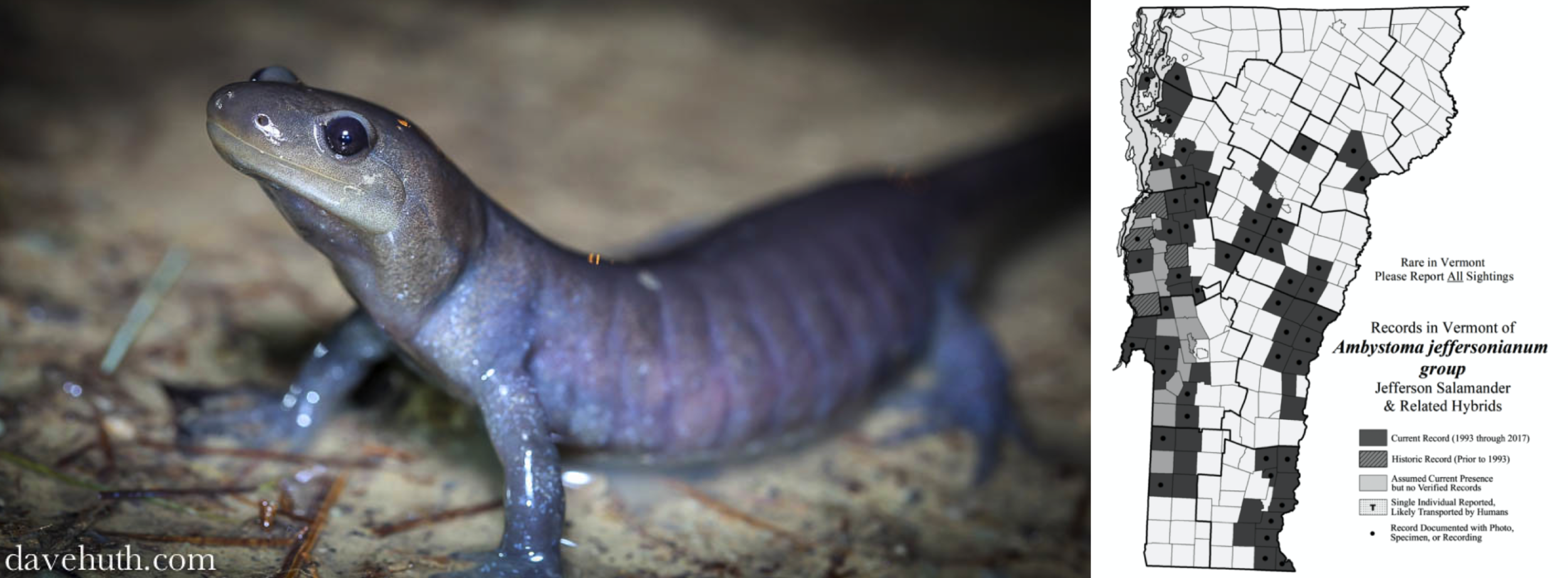
(Left) Jefferson Salamander © David Huth. (Right) Jefferson Salamander Distribution © VT Herp Atlas
The Jefferson Salamander is also a member of an unusual group known as the Jefferson-Blue-spotted Complex, which consists of two bisexual species (Jefferson and Blue-spotted salamanders) and a unisexual hybrid. The unisexual hybrid populations, which almost always consist entirely of females, co-occur with local populations of the two bisexual species, and are produced through complicated reproductive mechanisms using sperm from either Jefferson or Blue-spotted males. The resulting offspring are all female with varying amounts of Jefferson and/or Blue-spotted genes, depending on which species is present at a given site and the genetic make-up of the hybrid. This can make identification of some individuals a little tricky since unisexual hybrids can look very similar to pure Jefferson and Blue-spotted salamanders, or somewhere in between the two.
Egg Mass Identification
What: Egg masses of Jefferson Salamanders and their associated hybrids tend to be cylindrical or cigar-shaped, and much smaller than those of the Spotted Salamander. The outer jelly matrix (which is looser than jello), is clear, making the egg masses difficult to see in the water; it also doesn’t hold form when taken out of water. The vitelline membrane (the cloudy halo surrounding each embryo) is very thin, while in the Spotted Salamander the vitelline membrane is the width of the embryo.
Where: Eggs are typically attached to sticks or grasses, and the approximately 1- to 3-inch long egg mass may contain from 5 to 30 embryos. Incubation length and larval stage are similar to Spotted Salamander.
The range of the Jefferson Salamander stretches from southern Ontario through New York and western New England all the way to northern Virginia, West Virginia, Kentucky and eastern Illinois. They are typically found inhabiting mature deciduous and mixed deciduous-coniferous forests and woodlands and breed almost exclusively in upland vernal pools and shrub swamps. In Vermont, they are most commonly found in ridgetop, mid-elevation Northern Hardwood forests in the foothills of the Green and Taconic Mountains.
Vermont Records
Photo Gallery
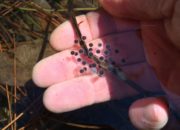
Jefferson Salamander Egg Mass
© Steve Faccio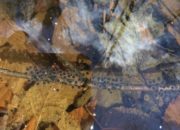
Jefferson Salamander Egg Masses
© Ann Chalmers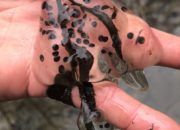
Jefferson Salamander Egg Masses
© Tim Duclos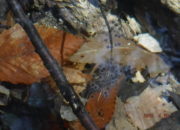
Jefferson Salamander Egg Mass
© Dick Ruben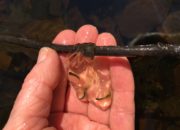
Jefferson Salamander Egg Mass
© Cindy Sprague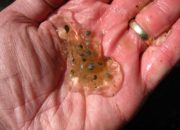
Jefferson Salamander Egg Mass
© Steve Faccio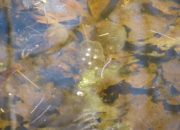
'Unisex Ambystoma' Egg Mass
© Steve Faccio
